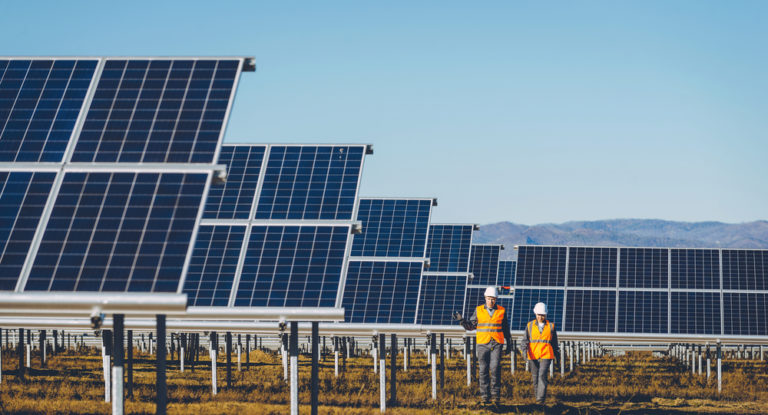Since 2010, the cost of solar photovoltaic (PV) energy has dropped by an incredible 82 percent, giving the world a fighting chance to develop a zero-emissions energy system that may be less expensive than the fossil-fuelled system it replaces. According to the International Energy Agency, PV solar producing capacity will have to increase tenfold by 2040 if we are to fulfill the simultaneous goals of reducing global poverty and keeping global warming well below 2°C. There are still significant obstacles to overcome. Because sunlight varies throughout the day and between seasons, solar energy must be conserved for times the sun does not shine. Solar energy must also reach the farthest parts of the globe and locations where it is most needed, according to policy.
Source: https://sciencex.com/news/2021-11-large-solar-planet-satellites-machinelearning.html






